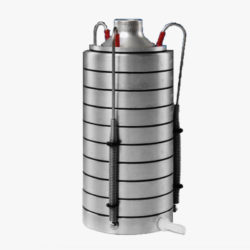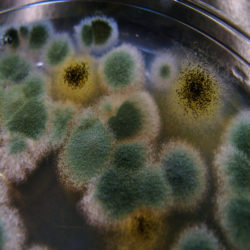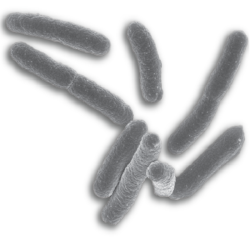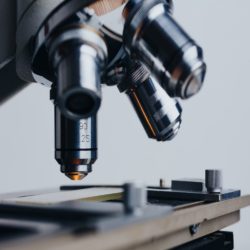Microbial Sampling
Microbial Sampling
Microorganisms make up half of the world's biomass. Understanding the behaviour of microorganisms in the built environment is essential for assessing hygiene standards, human exposure and the health impact. To do this we take samples of air and from surfaces samples to identify bacterial species and the quantities present. We can use modern laboratory techniques to identify bacterial strains through polymerase chain reaction or whole genome sequencing.

Active Air Samplers
Cascade samplers contain a stack of agar filled Petri dishes. A pump pulls in air and use a series of sieves to categorise airborne particles into size ranges. The further down the sampler the particles travel the smaller their aerodynamic diameter. Plates are then incubated and visual colonies counted. We can use this method to identify which bioaerosols are present in the air and which may travel furthest into lungs because of their size.

Settle Plates
Passive sampling using Petri dishes filled with a jelly agar and is unobtrusive and inexpensive. It relies on particles settling out on the sticky surface and so does not disturb the airflow of the room. Bacterial and fungal cultures are then grown up and can be counted and species identified.

Surface Screening
Standard practice in sampling bacteria from room surfaces include swabbing or the use of contact plate method to obtain microorganisms. Double sided contact dipslides, coated with nutrient agar for total viable counts or chromogenic agar for identifying specific microogranisms can be used.
Identifying Bacterial Strains

Polymerase Chain Reaction
This is a technique used to amplify a single copy or a few copies of a segment of DNA across several orders of magnitude, generating thousands to millions of copies of a particular DNA sequence.

Whole Genome Sequencing
This is the process of determining the complete DNA sequence of an organism's genome at a single time. This entails sequencing all of an organism's chromosomal DNA as well as DNA contained in the mitochondria.
